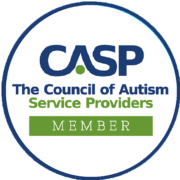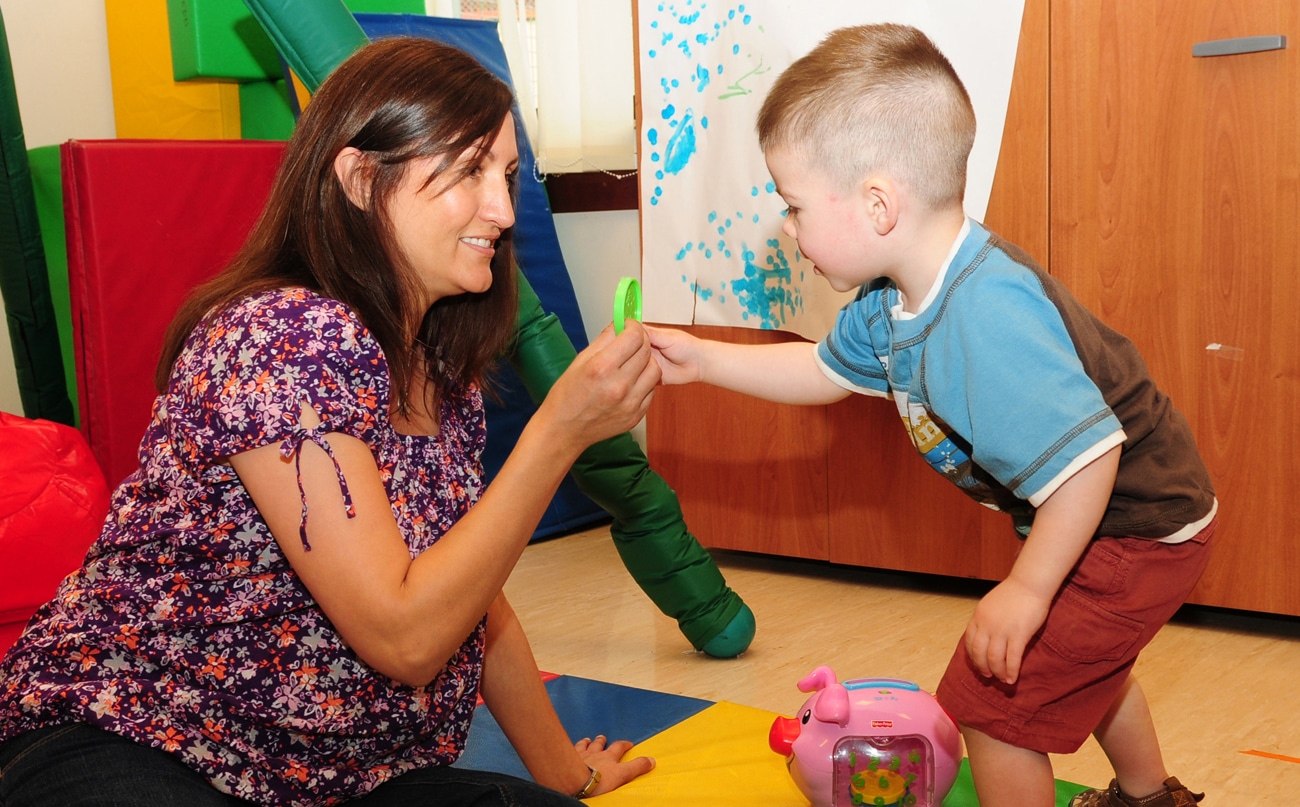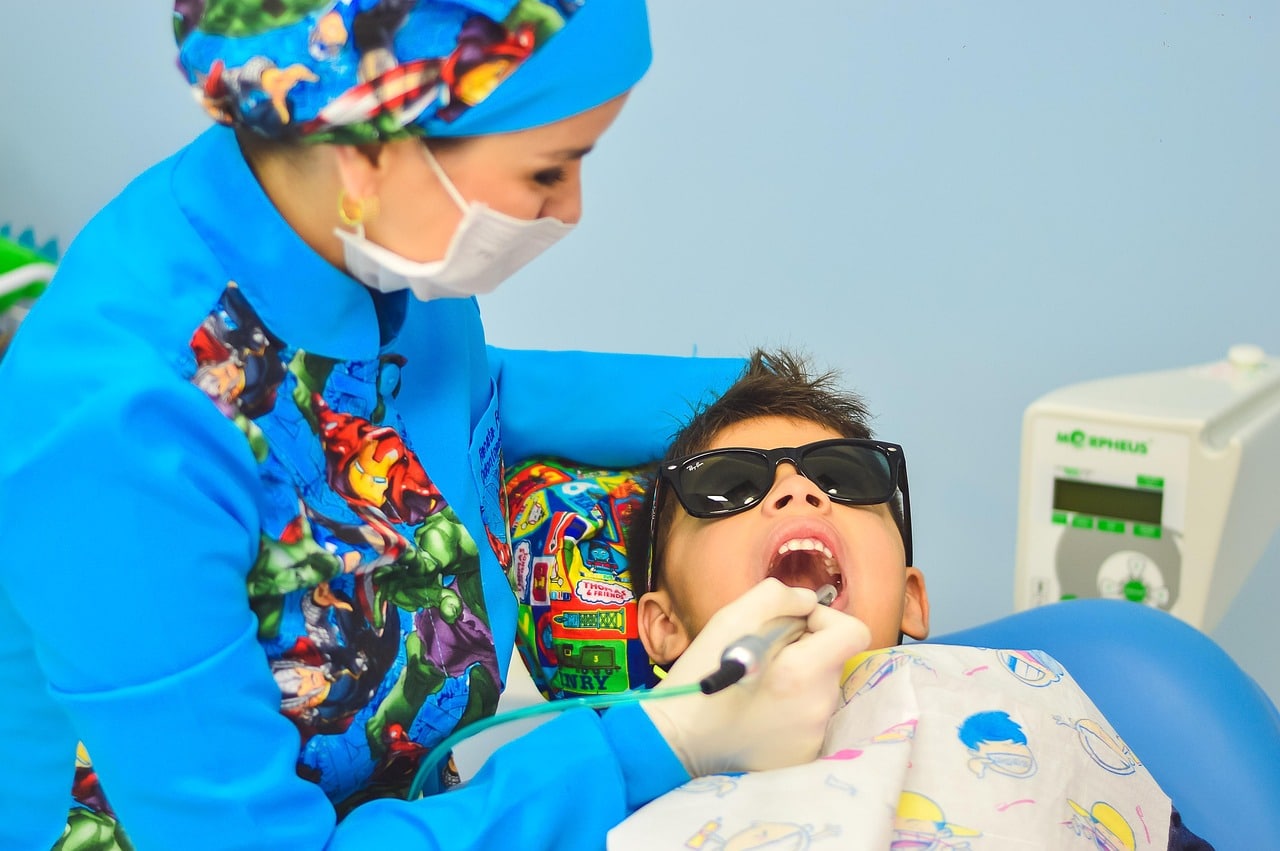What Countries Have the Highest Rate of Autism?
The United States is the country with one of the highest reported rates of Autism Spectrum Disorder (ASD) in the world. Estimates from a 2023 study from the Centers for Disease Control (CDC) suggest 1 in 36 children are autistic. But this doesn’t necessarily mean that autism is more prevalent here than in other countries. In this article, we’ll compare autism rates by country, explore why ours is seemingly among the highest, unpack some of the cultural stigma around ASD, and touch on how autism is diagnosed and treated around the world.
Autism Rates By Country
Autism rates vary significantly globally. Here are some key countries with notable autism rates in children, as well as the diagnostic prevalence in boys versus girls.
| Country | Autism Rate (Children) | Boys | Girls |
| Japan (2021) | 1 in 33 | 1 in 23 | 1 in 50 |
| USA (2023) | 1 in 36 | 1 in 23 | 1 in 89 |
| South Korea (2011) | 1 in 38 | Higher* | Lower* |
| Canada (2018) | 1 in 50 | 1 in 34 | 1 in 151 |
| United Kingdom (2021) | 1 in 57 | 1 in 43 | 1 in 167 |
| Australia (2015) | 1 in 70 | 1 in 52 | 1 in 162 |
| Qatar (2019) | 1 in 87 | 1 in 56 | 1 in 230 |
| Saudi Arabia (2009) | 1 in 556 | Higher* | Lower* |
| Hong Kong (2008) | 1 in 595 | Higher* | Lower* |
| China (2010) | 1 in 971 | Higher* | Lower* |
* Data unavailable but autism is noted as significantly more prevalent in boys than in girls. Globally, the ratio of boys to girls diagnosed with ASD is generally estimated to be about 4:1.
Looking at this data, an obvious question is: Why is autism so high in the USA? Well, a high rate of autism doesn’t necessarily mean that it’s more prevalent here or in the other countries noted – or that lower rates out of the Middle East and Southeast Asia (and the fact that there are no rates out of Sub-Saharan Africa) indicate that it is less prevalent in those regions. These numbers do not suggest who is at high risk for autism.
Reasons for ASD Diagnostic Variance
Instead, higher rates often reflect better diagnostic practices, societal acceptance, and healthcare infrastructure. Increased global awareness and equitable access to diagnostic tools may narrow the apparent differences over time. Let’s dig a little deeper into the reasons behind these variances:
-
Improved Diagnosis & Awareness
High-income countries often have better access to diagnostic tools, training for healthcare providers, and public awareness campaigns.
-
Cultural & Societal Factors
In some countries, stigma around autism leads to underdiagnosis or misclassification of symptoms (more on this later). In others, cultural norms emphasize inclusion and lead to greater identification of children on the spectrum.
-
Healthcare & Reporting Systems
Countries with robust healthcare systems tend to report higher rates because more children are screened and diagnosed.
-
Research & Funding
Wealthier nations invest more in autism research, contributing to higher diagnosis rates and better understanding.
-
Population-Based Studies
Studies in certain countries (like South Korea) reveal higher rates because of targeted efforts to identify undiagnosed individuals.
Cultural Stigma & Autism
Cultural stigma surrounding autism in some countries stems from deeply rooted societal, religious, and historical beliefs. These stigmas often lead to misunderstandings, misdiagnosis, or avoidance of seeking help for individuals with autism.
-
Lack of Awareness & Education
In some cultures, autism is misunderstood or seen as a form of “mental illness,” resulting in fear or discrimination. Limited access to accurate information perpetuates myths, such as blaming parents for poor parenting. Without widespread education on neurodiversity, families may struggle to understand autism as a neurological condition, leading to judgment or shame.
-
Social Expectations & Norms
Many societies value social conformity and place a high emphasis on behaving “normally.” Autistic learners who may exhibit “unique” behaviors are sometimes seen as not meeting societal standards, leading to isolation. In cultures where family reputation is highly valued, a child with autism may be perceived as a failure or source of embarrassment.
-
Superstitions & Spiritual Beliefs
In some parts of the world, autism is mistakenly linked to curses, evil spirits, or divine punishment. Families may seek help from spiritual healers or religious leaders rather than medical professionals. Some believe that having a child with autism is a test of faith, leading to feelings of guilt or secrecy.
-
Limited Medical & Diagnostic Understanding
Autism is often undiagnosed or mistaken for other conditions in places with less advanced healthcare systems. Parents (often mothers) are blamed for their child’s autism, with accusations of poor parenting, emotional neglect, or improper diet during pregnancy.
-
Discrimination & Marginalization
Families may hide a diagnosis to avoid social exclusion or discrimination in schools, workplaces, and communities. Accessing education or employment can be difficult due to rigid systems that do not accommodate neurodiversity.
-
Gender Roles & Expectations
In some cultures, particularly patriarchal ones, boys are expected to carry on the family legacy – a developmental disability in a male child may be stigmatized more heavily. Girls with autism may be overlooked or misdiagnosed because their symptoms often present differently and are less disruptive in traditional settings.
-
Lack of Role Models or Representation
Limited or negative portrayals of autism in media perpetuate stereotypes, reinforcing stigma. Having prominent advocates or organizations to normalize autism and reduce stigma.
Reducing the stigma around autism requires a multifaceted approach. Education and awareness campaigns can demystify ASD, promoting understanding and encouraging early diagnosis and intervention. Community-based programs that involve religious and community leaders can address stigma in culturally sensitive ways, fostering acceptance at the local level. Global advocacy from international organizations promoting neurodiversity can go a long way to reducing stigma worldwide. Inclusive school and workplace environments normalize interactions with individuals on the spectrum, breaking down stereotypes and building acceptance.

Autism Diagnosis Worldwide
Autism is diagnosed and treated differently around the world. In the US, the DSM-5 (Diagnostic and Statistical Manual of Mental Disorders, 5th Edition) serves as the primary diagnostic tool, offering detailed behavioral criteria and supporting early screenings as part of routine pediatric care.
Globally, the ICD-11 (International Classification of Diseases), maintained by the World Health Organization, is widely used and offers broader diagnostic criteria. Some countries, such as China, also use adaptations like the CCMD (Chinese Classification of Mental Disorders). In the UK, both the ICD-11 and DSM-5 are used alongside National Health Service (NHS) guidelines for comprehensive assessments.
Autism Treatment & Services Worldwide
Treatment approaches also vary significantly. In the US, Applied Behavior Analysis (ABA) is the most prevalent therapy, often supported by insurance and advocacy, and is frequently combined with speech and occupational therapy.
In Canada and Australia, ABA is widely used but is often supplemented with developmental methods like the Early Start Denver Model (ESDM) and Floortime. In Europe, there is a stronger emphasis on inclusion and developmental approaches. The UK favors methods like TEACCH and Social Stories, while France is shifting from psychoanalysis to evidence-based therapies like ABA.
-
Early Start Denver Model
ESDM is a play-based, early-intervention approach that focuses on building communication, social, and cognitive skills through natural interactions.
-
Floortime
A relationship-based therapy, Floortime encourages emotional and social development by engaging children at their developmental level through play and interactive activities.
-
TEACCH
TEACCH (Treatment and Education of Autistic and Related Communication Handicapped Children) is a structured teaching method that uses visual aids and organizational strategies to promote learning and independence in individuals with autism.
-
Social Stories
Social Stories uses short, personalized stories designed to teach children with autism specific social skills and behaviors by describing situations in a clear, step-by-step manner.
In Asia, access to ABA is growing but remains limited. Japan emphasizes group-based interventions for social integration, and urban centers in China are seeing an increase in ABA availability. In the Middle East and Sub-Saharan Africa, therapy access is sparse, and informal or community-based support is more common.
Thankfully, across all regions, there is a growing global trend toward promoting neurodiversity, inclusion, and culturally sensitive therapeutic approaches.
ABA Therapy at ABtA
At A Bridge to Achievement (ABtA), we are exclusively dedicated to the autism community. We conduct autism assessments and offer a variety of ABA therapy programs:
- Building Bridges is for young learners preparing for Kindergarten.
- BRIDGES (Building Relationships, Independence, Determination, Group & Essential Skills) is an Activities for Daily Living program for preteens, teenagers, and young adults.
- Social Skills Groups are for learners interested in enhancing their communication and social competencies.
- The Vocational Skills program is for teens and young adults who are keen to pursue job opportunities.
- Balance is a telehealth program for caregivers seeking to build a stronger relationship with their child and a more balanced home environment.
How can the ABtA family help yours? Contact us with questions or go ahead and request services. Support starts here.





